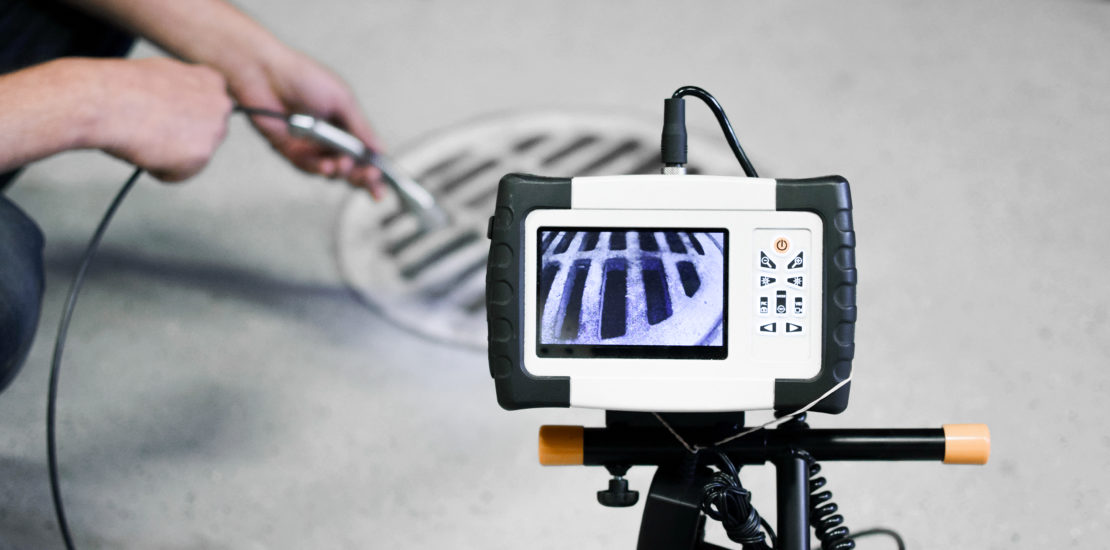- January 12, 2022
- Category: Home, Tips & Advice

Sewer backups aren’t the most pleasant. Water damage is the leading cause of home insurance claims in Canada. One common cause of water damage is sewer backup. Yes, this is just as unpleasant as it sounds. Not only does it pose a health hazard, but the clean-up process is extensive and costly.
WHAT IS A SEWER BACKUP?
A sewer backup occurs when something blocks the normal flow of wastewater from your house to the city’s sanitary sewer, and the sewage moves back towards your home and comes up through your drains, sinks, and toilets.
WHAT CAUSES A SEWER BACKUP?
Several things that can cause a sewer backup, but we can separate them into two categories: either something preventing the sewage from flowing, or there’s too much wastewater for the system to handle.
In the first instance, any home can be affected. Whether your home is connected to a city sewer system or a private one. Your sewer system includes pipes that carry wastewater from your house to its destination. If something blocks that pope, eventually wastewater will back up into the drains inside your home.
Sewer backups can be triggered by:
- Flushing items that should not be flushed including oils, grease, wipes, etc.
- Plumbing issues inside or under the house
- Improper seals in pipes
- Tree roots entering sewer lines
- Deterioration of old pipes
- Sump pump failure
Heavy rains can also cause sewer backups, particularly for homes connected to municipal sewer systems. When heavy rainfalls, the sewer system can get so full of rainwater that it forces water (and sewage) up through the home systems it’s connected to.
HOW TO PREVENT A SEWER BACKUP?
There are some simple things you can do to help prevent sewage from backing up into your home.
- Install a backwater valve. A backwater valve is installed between your house and the city sewer main. It only allows water to flow away from your house and could reduce the likelihood that sewage will flow into your basement when the main sewer system begins to back up. These are not suitable for every home so consider having your plumbing system inspected by a professional.
- Don’t pour grease down the sink. Grease and other clog-causing materials including bacon fat, coffee grinds, food waste, and oil increase the likelihood of sewer backups.
- Your toilet isn’t a garbage can. The only things you should flush down your toilet are human waste and toilet paper. Even if something says “flushable” on the packaging, throw it in the garbage.
- Hire a plumber. You can’t see what’s in your sewage pipes, but a plumber can. Hire a professional every couple of years, or as soon as you notice any issues with your drainage.
HOW TO RECOGNIZE A SEWER BACKUP?
Here are some signs of a potential sewer backup:
- A foul smell coming from your drains
- Toilets aren’t flushing as they should
- More than one drain in your house is clogged
- Seepage at basement floor drains
If you notice sewage flowing into your drains, toilets, bathtubs, or showers, it’s probably safe to say a sewer backup is already coming. Your best bet is to stop using your water, turn off your home’s main water supply, and contact a plumber right away.
Depending on where you live, your municipal government may want to send an inspector to determine if the problem is in the main sewer or your pipe before you call a plumber. Check your municipal government’s website to learn more.
DOES HOME INSURANCE COVER SEWER BACKUPS?
Basic home insurance policies don’t usually cover sewer backups, but most insurance companies offer this coverage as an optional add-on at a relatively low cost. If you don’t already have this coverage, ask your broker to check if you qualify.
